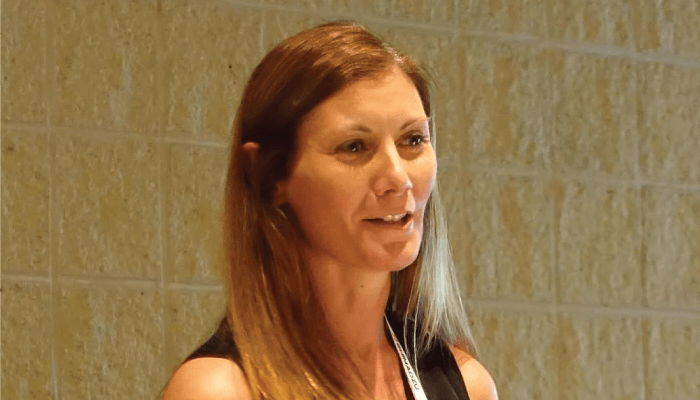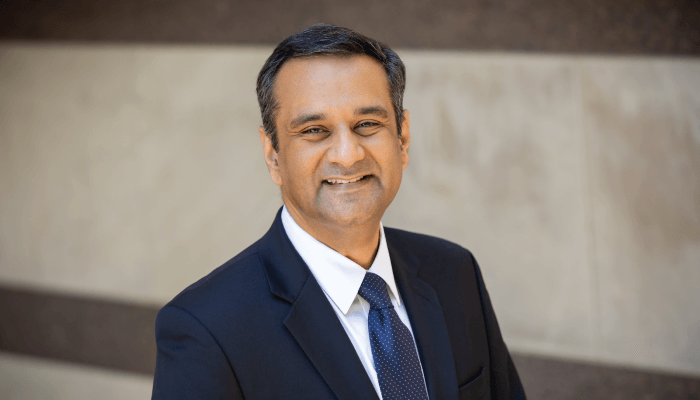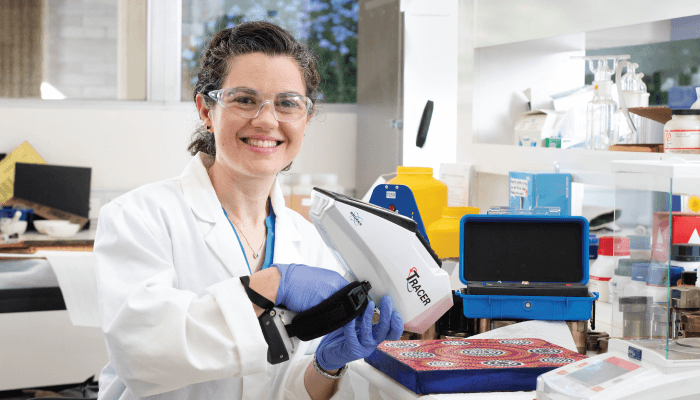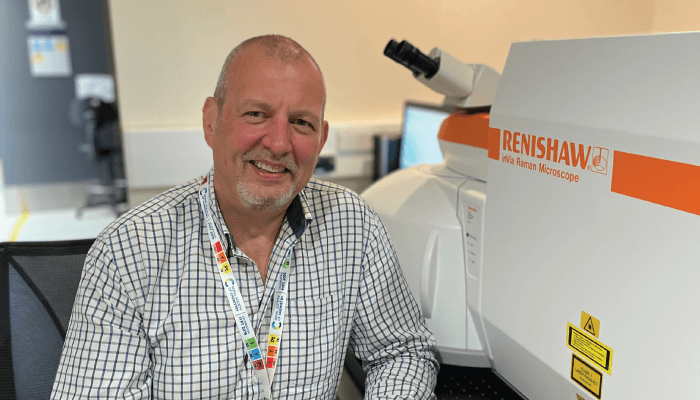Karen Faulds, Professor, Head of Bionanotechnology and Analytical Chemistry, Department of Pure and Applied Chemistry, University of Strathclyde, UK
There have been so many but I think an important one in surface-enhanced Raman spectroscopy (SERS) is that systems can be controlled to allow quantitative detection of bioanalytes which, coupled with the development of portable Raman spectrometers, has enabled so many great SERS assays to be developed that have real potential for translation into sensitive, quantitative, point of use clinical applications. Another area is the development of deep Raman approaches, pioneered by Pavel Matousek at Rutherford Appleton Laboratory, which opens up the possibility of meaningful Raman measurements at depth and in the future in vivo – and in humans.

Rohit Bhargava, Founder Professor and Director, Cancer Center at Illinois, University of Illinois at Urbana-Champaign, USA
The biggest breakthrough in our field has been the ready availability of tunable lasers across the mid-IR spectral region. Over the prior four decades, IR spectroscopy had become synonymous with Fourier transform (FT) spectroscopy. With the advent of the fast FT and computation, the multiplexing advantages of wide bandwidth IR spectroscopy made data recording so efficient that FT-IR spectroscopy became unparalleled in performance. With the availability of quantum cascade lasers, a widely tunable, high intensity source became available. This technology has changed our field – spurring the development of new instrumentation, fast imaging, and novel capabilities – and it promises to be the basis of many more advances.

Rachel Popelka-Filcoff, Rock Art Australia Minderoo Chair in Archaeological Science, School of Geography, Earth and Atmospheric Sciences, Faculty of Science, The University of Melbourne, Australia
All the various forms of X-ray spectroscopy and their associated instrumentation have been invaluable to my research. From hand-held portable X-ray fluorescence (PXRF), SEM-EDS, to high-resolution X-ray microscopy (XFM), these methods each have their own advantages in compositional analysis and elemental mapping. In the field of archaeological science, techniques that are non-destructive and/or non-invasive are vitally important – especially when it’s not possible to take samples from cultural heritage materials.

Duncan Graham, Distinguished Professor and Head of Department, Pure and Applied Chemistry, University of Strathclyde, Glasgow, UK
I really like the creation of new probes for sensing conditions/molecules inside cells using Raman and/or stimulated Raman scattering – I think this is really game changing. This approach makes use of the vibrational frequency of alkynes being in the cell silent region and then changing in response to different stimuli, for example, pH or glutathione. Amazing work has been coming out of Japan and the US in this area.





